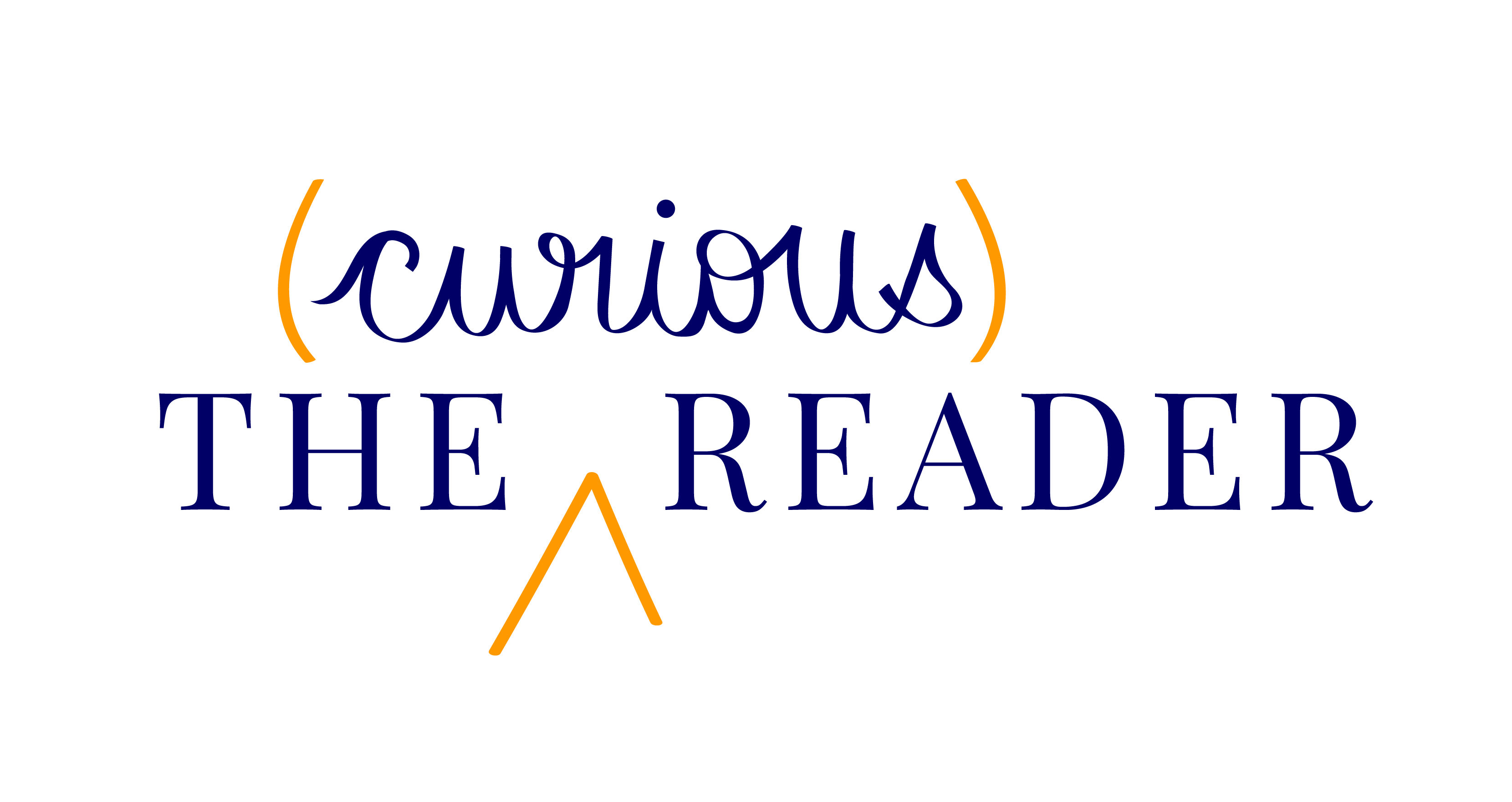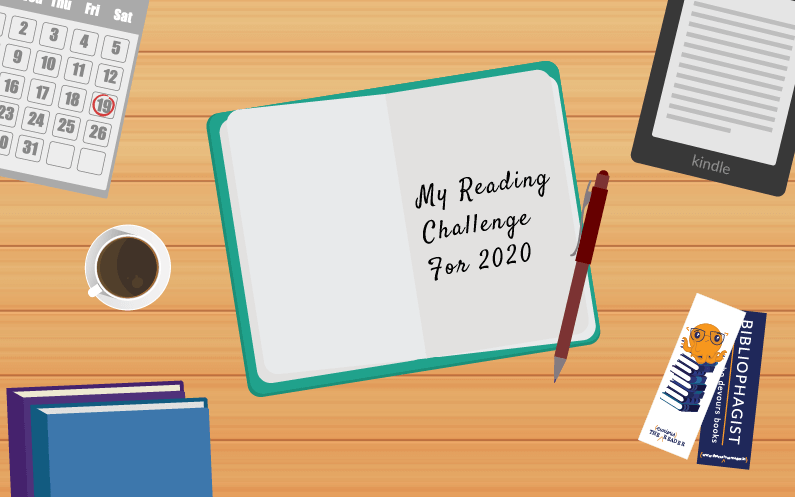Feature
The Ultimate Guide To Creating Your Own Reading Challenge

The Curious Reader
December 05, 2019
Perhaps you find yourself reading the same authors and genres over and over. You keep promising yourself that this year you are finally going to explore a new genre or read that one author everyone is raving about. Unfortunately, you never really get around to it.
This is the perfect time to set yourself new reading goals. After all, it’s that time of the year when authors and publications are releasing their reading challenges and asking you to hop on board.
Reading challenges are great because they give you a reason to explore new genres, authors and books. They also encourage you to step outside your comfort zone.
But, with everyone from Goodreads to Bookstagrammers releasing reading challenges, how do you pick the right one? What if you like some of the themes from one and others from a different challenge? What if instead of reading two books a month, you want to challenge yourself to read four?
What if you could just create the perfect reading challenge for yourself, instead of spending hours searching for one?
Sounds complicated? Don’t worry, we’re here to help you get through it with our easy-to-follow guide to creating a reading challenge that works for you.

Pro tip: Do this with a friend. Not only will you have more fun, you’ll also be able to riff off each other when it comes to deciding what you should read.
1. Review: Do some introspection on what you’ve read over the past year. Identify your comfort zone. Did you find yourself gravitating towards a particular genre or perhaps a particular type of book?
2. Make a wishlist: What do you wish you read? Do you want to finally get around to reading Margaret Atwood? Maybe you want to explore science fiction or fantasy. Or, 2020 could be the year of the graphic novel for you. Make a list of the books, authors or genres you wish you’d read but have never gotten around to reading.
3. Reading more: Are you happy with the number of books you read in the past year or do you want to up your game and read more? Put a number down but make sure it is one that is achievable. For example, if you currently read 20 books in a year, it might be less stressful for you to up that number to 40 instead of 100.
4. Picking a schedule: Do you want to do a weekly book challenge or would you rather stick to a different schedule? Remember, doing a reading challenge can be time consuming and you may not want to overwhelm yourself by only reading books that fit into your challenge. So, pick a schedule you can stick to. If you currently read two books a week, you could choose to pick one challenge book and one which you would ordinarily read. Similarly, if you read a couple of books a month, you might be better off doing a monthly challenge.
5. Deciding on the nature of the challenge: Do you want to follow a particular theme for an entire month or even the entire year? For example, in 2012, Ann Morgan decided to read one book from every country in the world over the course of the year. In 2018, Alice Fishburn chose to spend a whole year reading only female authors. You could choose to spend a month reading only translated books and another reading fantasy. Or, you could dedicate an entire month to the works of a particular author or books from a particular part of the world.
(Keeping a reading tracker; Image via Gumroad)
6. Picking your themes: Now, make a list of the themes/authors/genres you want to explore and set a schedule for yourself. For example, I will spend a month reading the works of Amitav Ghosh. Or, I will read at least two graphic novels next year. Remember, it’s your reading challenge, so pick a schedule that works for you. Further, you can always change your mind.
7. Finding inspiration: If you get stuck, you can browse through other reading challenges and pick themes from there. Popsugar’s reading challenge for 2020 has some interesting themes like ‘the first book you touch on a shelf with your eyes closed’ or ‘a book that passes the Bechdel test’. The Reading Women Challenge 2020 suggests themes like ‘a book featuring Afrofuturism or African futurism’ and ‘a feel-good or happy book’ with an added caveat that the books must be by or about women. You can find a fairly exhaustive list of reading challenges for 2020 here or take a look at this list for inspiration.
8. Plan ahead: Make a list of books which fit the themes you’ve chosen. Give yourself some options for each theme. Once again, if you’re stuck, you can always browse lists on the Internet. But, make sure you give yourself some flexibility. For example, if you find a newly released book that you really want to read, you can add it under an existing theme or include it in your list of new discoveries. Don’t keep it aside just because it doesn’t fit your reading challenge. Remember, you’re creating your own reading challenge – allow yourself the leeway to modify it along the way.

(Image via Accenture)
9. Keeping track: While this is not necessary, it is beneficial to keep track of what you read. Documenting your reading journey is a great way to keep yourself motivated. One way to log your reading is to post about it on your social media. Tell people what you intend to read, and once you’ve completed a book, take a few minutes to write about it. If social media is not your jam, you could just keep a simple reading journal where you make a note of the theme, the book(s) you read, while also jotting down your thoughts on the book.
10. Accountability: Co-opt a friend to do the reading challenge with you. They could join you in creating their own or decide to go with one from the Internet. This way you can both make sure you stay on track, encourage each other, and if your themes happen to match up, you could even discuss what you’ve read. Depending on which type of challenge you’ve chosen, set an accountability mechanism in place. For example, if you decide to read a different book every week, pick a day of the week by when you have to text your friend telling them of your progress. If it’s monthly, you can schedule to check-in on the last day of the month.
11. Falling behind: Despite the best of intentions, there are times when you may find yourself struggling to complete your challenge. If that happens, give yourself a break. There are a few things you can do. If you’re finding a particular genre or book overwhelming, you can choose not to finish it. After all, reading is meant to be an enjoyable activity and not a chore. Similarly, let’s say, you’ve chosen to read two different books by a particular author but find that while you do want to read the second book, you don’t want to do so immediately after the first one. Instead of powering through the second one, read something different and come back to it when you are ready to enjoy it.

(Image via Rakuten Today)
The best part about creating your own reading challenge is that you can decide to change it halfway through. You can completely change your themes or the number of books you intend to read. All that matters is that you have fun doing the challenge and come out feeling like you’ve expanded your horizons.
Happy reading!
Once you’ve created your reading challenge, do let us know. You can tag us on social media or email us and share your themes with us. We’d love to know what you’ve come up with.




I do really well at embarking on challenges – and do badly at sticking to them. Part of the problem is that once I make the list of what I want to read and its time to read the books, I decide I’m not that keen on reading those titles after all! So next year I think I’ll be going challenge free…..